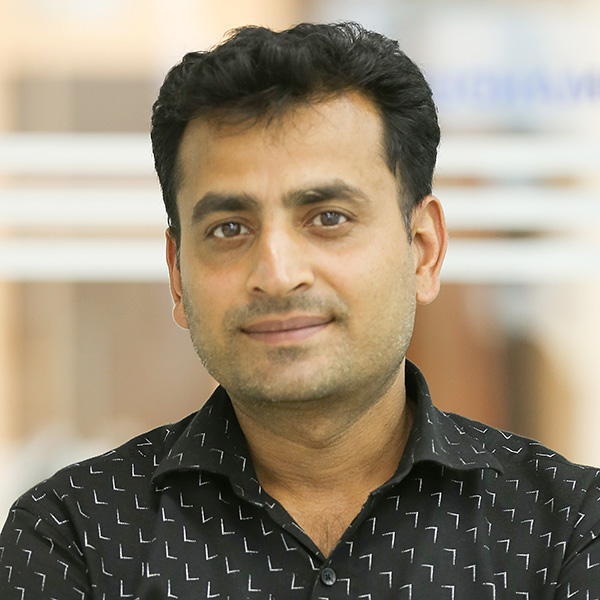National
Sweltering heat causes distress across Tarai
A report from the World Meteorological Organisation says the impact of heatwaves became more severe in Asia in 2023.
Arjun Poudel
Amid heat wave conditions in most districts across the Tarai region, health facilities of the region are grappling with an uptick in cases of diarrhea, vomiting, and urinary infections, among other ailments.
Doctors at the Lumbini Provincial Hospital said that 10 to 15 diarrheal patients have been visiting the hospital every day.
“Cases of diarrhea have risen in our hospital,” said Dr Sunil Sunar, who serves at the hospital’s Emergency Department. “Also the number of people suffering from fever, dehydration, urine infections and heat stroke may rise in the coming days if temperatures keep rising.”
The Meteorological Forecasting Division of the Department of Hydrology and Meteorology on Monday issued a heat wave warning for five days after the maximum temperature in some Tarai districts crossed 40 degree Celsius. Bhairahawa of Rupandehi district recorded 43 degrees Celsius.
The department in a special bulletin said that temperatures in hilly areas, valleys and gorges could also rise.
Experts say a heat wave occurs when the maximum and minimum temperatures at a location are unusually high over a period of three consecutive days.
One could feel tiredness, weakness, thirst, headache, leg cramps, muscle pain, vomiting, dizziness and fainting due to exposure to excessive heat, according to the department.
Heat-related illnesses include heat stroke, heat exhaustion, heat cramps and heat syncope (fainting). Heat stroke is the most severe form of heat-related illness and requires immediate medical attention.
“Warm and dry weather conditions are expected to continue for the next couple of days in the Tarai region, as no rainfall activity is in sight,” said Rojan Lamichhane, a meteorologist at the division. Some places in the mountainous and hilly districts could witness light rainfall but that does not help lower the Tarai heat.
Officials said people should take precautions, if the maximum temperature in their place exceeds 40 degrees Celsius. They advised people not to venture out of home in the afternoon, take sufficient fluids and water to remain hydrated, and wear cotton clothes so as to avoid adverse effects of the scorching heat.
Locals, however, complained that these suggestions are good only for those who can afford to stay at home.
“These suggestions are good for those who work indoors,”said Brijesh Kumar Chaudhary of the Maharajgunj Municipality in Kapilvastu district. “Life has become difficult. Hot air starts blowing after 10 in the morning. Incidents of fire have also been rising with the rise in temperatures.”
According to the Meteorological Forecasting Division, the maximum temperature of Bhairahawa reached 41.7degree Celsius, Janakpur 41.2, Biratnagar 38.3, Simara 39.7, Nepalgunj 39.1 and Dhangadhi 39 degrees Celsius on Thursday. Kathmandu recorded 33.5 degrees Celsius, which is the maximum temperature this year. Kathmandu recorded 36.6 degrees Celsius on May 7, 1989, the most extreme temperature ever recorded.
The World Health Organisation said that heatwaves are among the most dangerous of natural hazards, but rarely receive adequate attention because their toll and destruction are not always immediately obvious.
People’s exposure to heat is increasing due to climate change. Globally, extreme temperature events are observed to be increasing in their frequency, duration and magnitude, according to the UN health body.
Meanwhile, a new report from the World Meteorological Organisation said that the impact of heat waves became more severe in Asia in 2023.
“Asia is warming faster than the global average. The warming trend has nearly doubled since the 1961-1990 period,” the report stated. “Many countries in the region experienced their hottest year on record in 2023, along with a barrage of extreme conditions from droughts and waves to floods and storms.”
According to the report, Asia remained the world’s most disaster-hit region from weather, climate and water-related hazards in 2023. Floods and storms caused the highest number of reported casualties and economic losses, according to the report of the organisation, a specialised agency of the United Nations whose mandate covers weather, climate and water resources.
“Climate change exacerbated the frequency and severity of such events, profoundly impacting societies, economies and most importantly, human lives and the environment that we live in,” the report quoted WHO Secretary-General Celeste Saulo as saying.
Nepal is one of the most vulnerable countries in the world to the climate crisis and has witnessed extreme weather events over the past decade and a half.
The average annual maximum temperature of Nepal has risen by 0.056 degrees Celsius, according to a study conducted by the Department of Hydrology and Meteorology in 2017. The study shows most districts witnessed increasing temperatures annually.




 5.14°C Kathmandu
5.14°C Kathmandu









%20(1).jpg&w=300&height=200)





